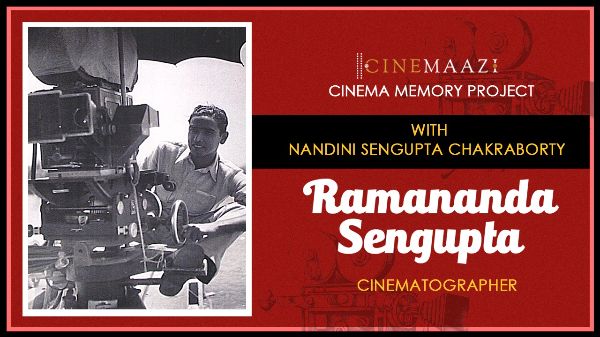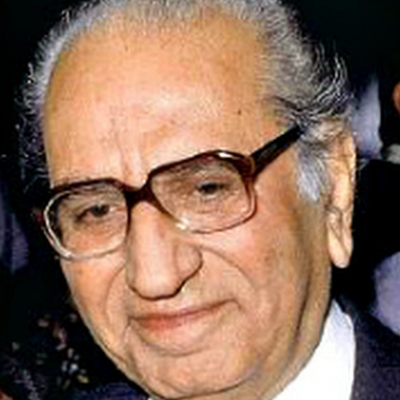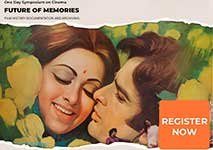Chandramohan

Subscribe to read full article
This section is for paid subscribers only. Our subscription is only $37/- for one full year.
You get unlimited access to all paid section and features on the website with this subscription.
Not ready for a full subscription?
You can access this article for $2 , and have it saved to your account for one year.
- Real Name: Chandramohan Wattal
- Born: 24 July 1906 (Narsingpur)
- Died: 2 April 1949 (Bombay)
- Primary Cinema: Hindi
For someone who died very young, at the age of 42, Chandramohan left behind a legacy as a character actor. While he may not be known or remembered now, he was one of the biggest stars of his time.
He was born in a well-to-do Kashmiri Brahmin family in Narsingpur, Madhya Pradesh as Chandramohn Wattal. His father was a member of the Court of Wards in Gwalior state while his grandfather was Dewan of Kaurali state. Unfortunately his mother died when he was very young and he was brought up by his grandmother. By the time he was a young adult, both his parents had died.
Chandramohan left home in March 1930, apparently after differences with his guardians, to find his own path. In this phase, Chandramohan took up any work that came his way, taking up odd jobs including that of a job in the railways, a manager in a cinema hall, Golden Theatres and then as a clerk/ manager in Mangal Distribution House (a film distributor). A work trip to Pune to negotiate the distribution rights for Prabhat’s Sairandhri (1933) led to a meeting with V Shantaram. Shantaram thought Chandramohan would make a good actor and asked him to join Prabhat. At that point Chandramohan refused, however took up the offer (when it was made again when Baburao Pendharkar left Prabhat). He made his debut as an actor in the 1934 film, Amrit Manthan, as an unscrupulous priest. Due to his piercing cat’s eyes, an intimidating presence, and his prematurely grey hair, he was cast in villainous roles from the very beginning. In a short period of time, he made such an impression on audiences that Chandramohan became the then highest paid actor in Hindi cinema. His notable performances include Amar Jyoti (1936), Pukar ((1939), Roti (1942), Humayun (1945) , Geeta (1940) and Taqdeer (1943).
He has also, to his credit, of probably being the first freelance actor, preferring not to tie himself up with one studio. While he made his debut and worked with Prabhat, that association was a short one. Following an argument with V Shantaram, Chandramohan left Prabhat in 1937 and joined Huns Pictures (1937) and then Minerva Film Company (1938). But he did not stay in both these places for long.
Chandramohan was known for his flamboyant, generous and an extremely charismatic personality; he is said to have spent lakhs of rupees entertaining his friends (on drink/ alcohol) and on his beloved race horses. While he had many close friends, including Motilal, K L Saigal, K N Singh and Prithviraj Kapoor, he never got married and preferred to live alone.
Towards the end of his short life, Chandramohan had run into severe financial struggle – what with his films flopping in the late 1940s and his extravagant lifestyle draining his savings. Another huge change that came upon him in his last life was his religious fanaticism. For a person who had been a self-confessed atheist for most of his life, he claimed to have visions and dreams and became a Kali-bhakt ! An extremist by nature, he never did anything by halves. Every aspect of his life was lived passionately and fully!
Chandramohan’s short but impactful life came to an abrupt end after a brief illness on April 2, 1949 in Bombay.
References
Image credit: https://autarmota.blogspot.com/2015/10/chander-mohan-wattal-great-actor-of.html
-
Filmography (24)
SortRole
-

Kanoon Ki Hathkadee 1989
-
Khoon Ki Holi 1979
-
Kurukshetra 1977
-
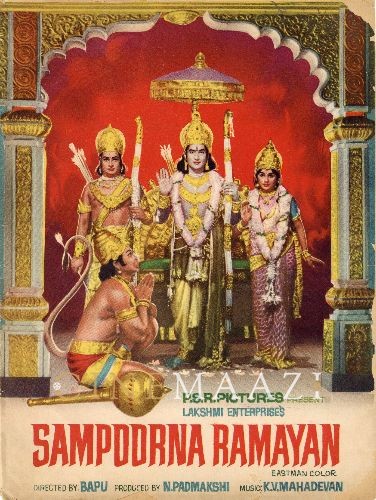
Sampoorna Ramayan 1971
-
Sun To Le Hasina 1958
-
Dukhiyari 1948
-
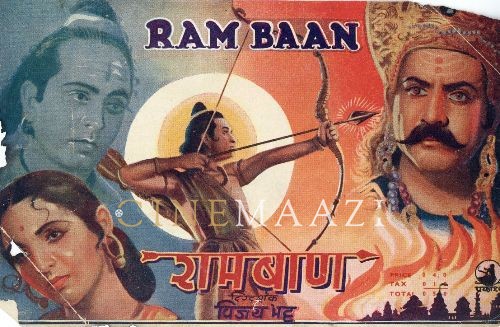
Ram Baan 1948
-
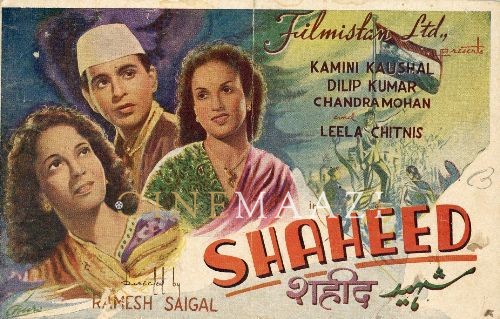
Shaheed 1948
-
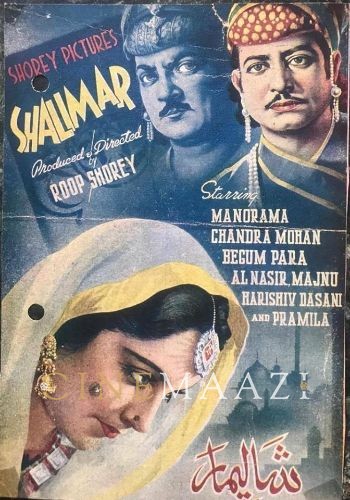
Shalimar 1946
-
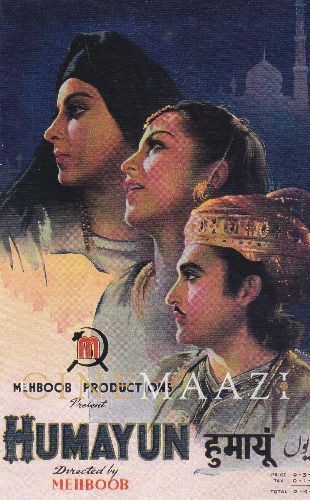
Humayun 1945
-
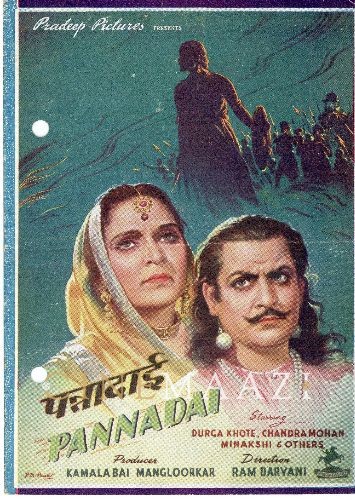
Pannadai 1945
-
Ramayani 1945
-
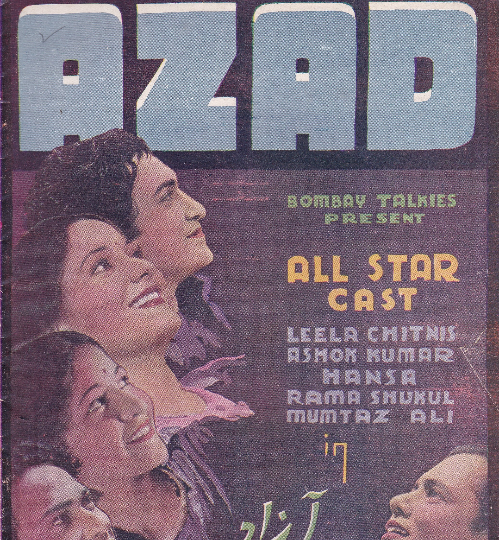
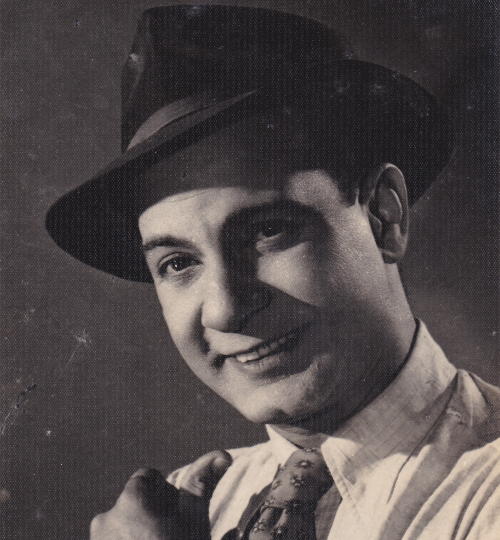
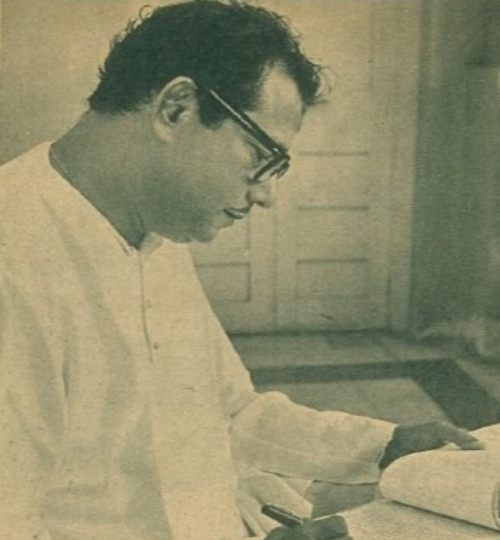
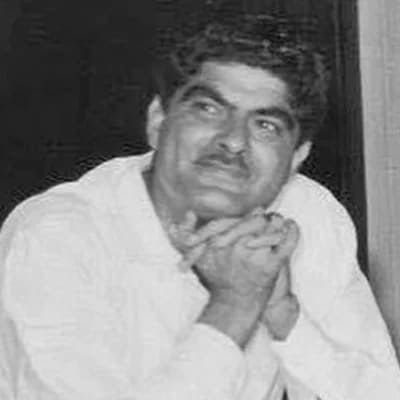
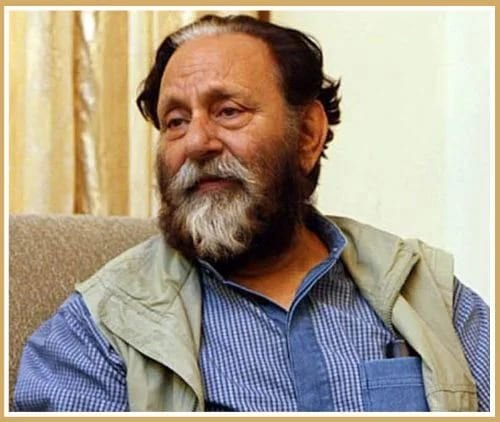
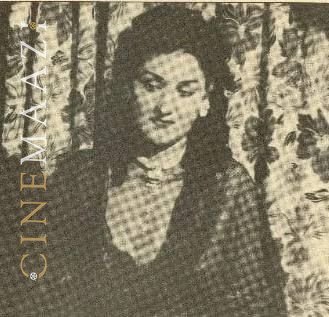
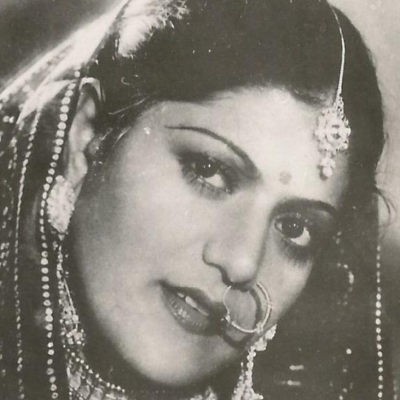
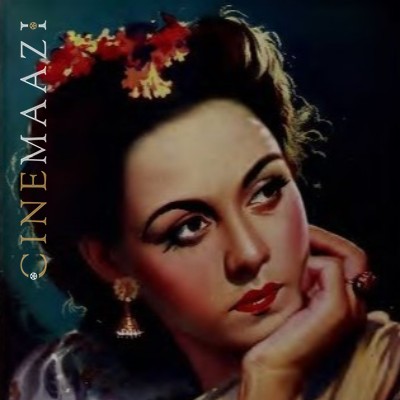
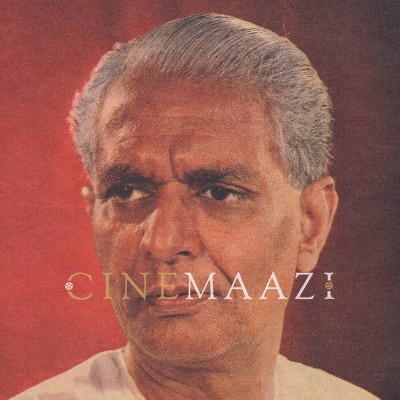
.jpg)
